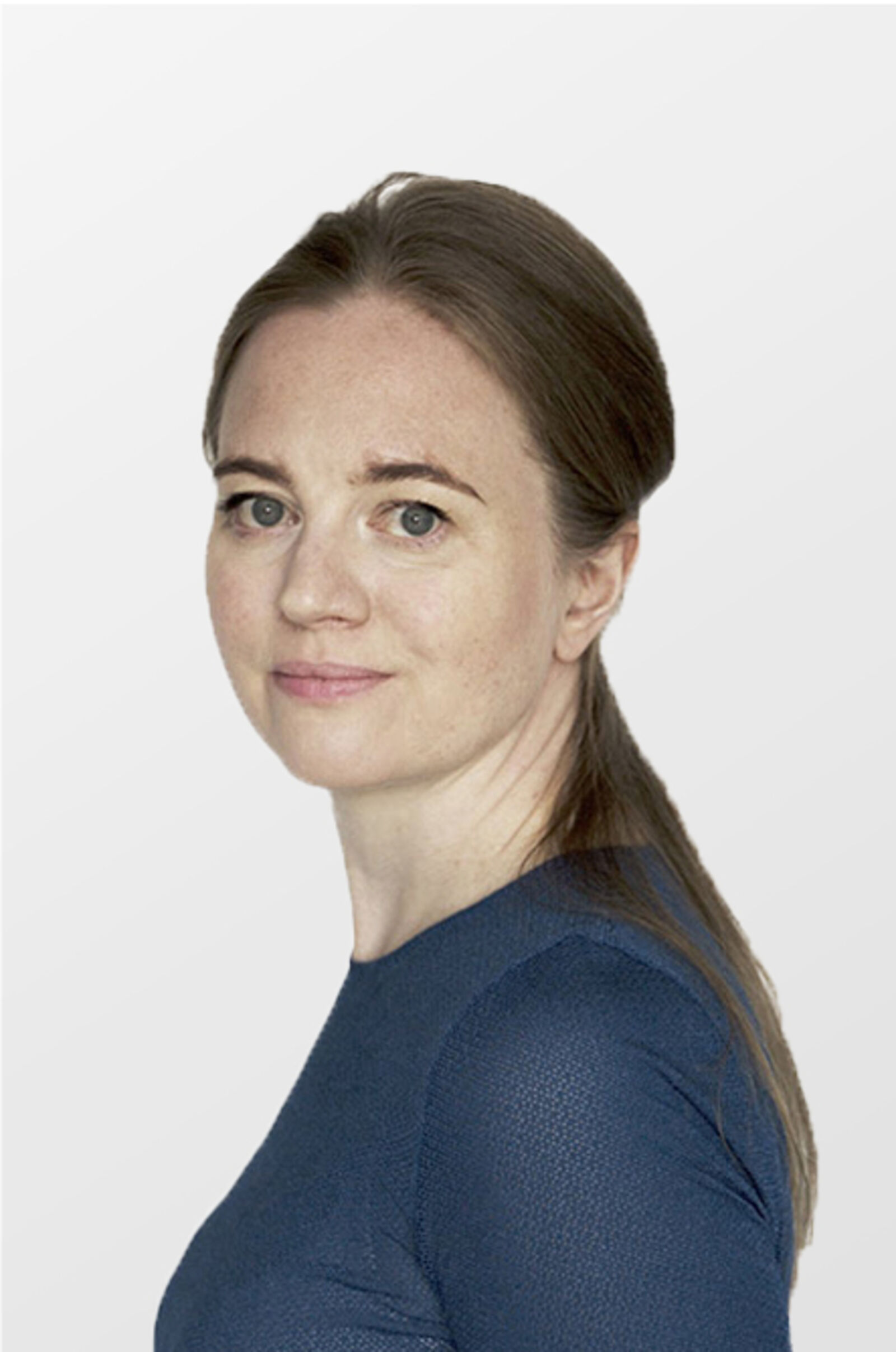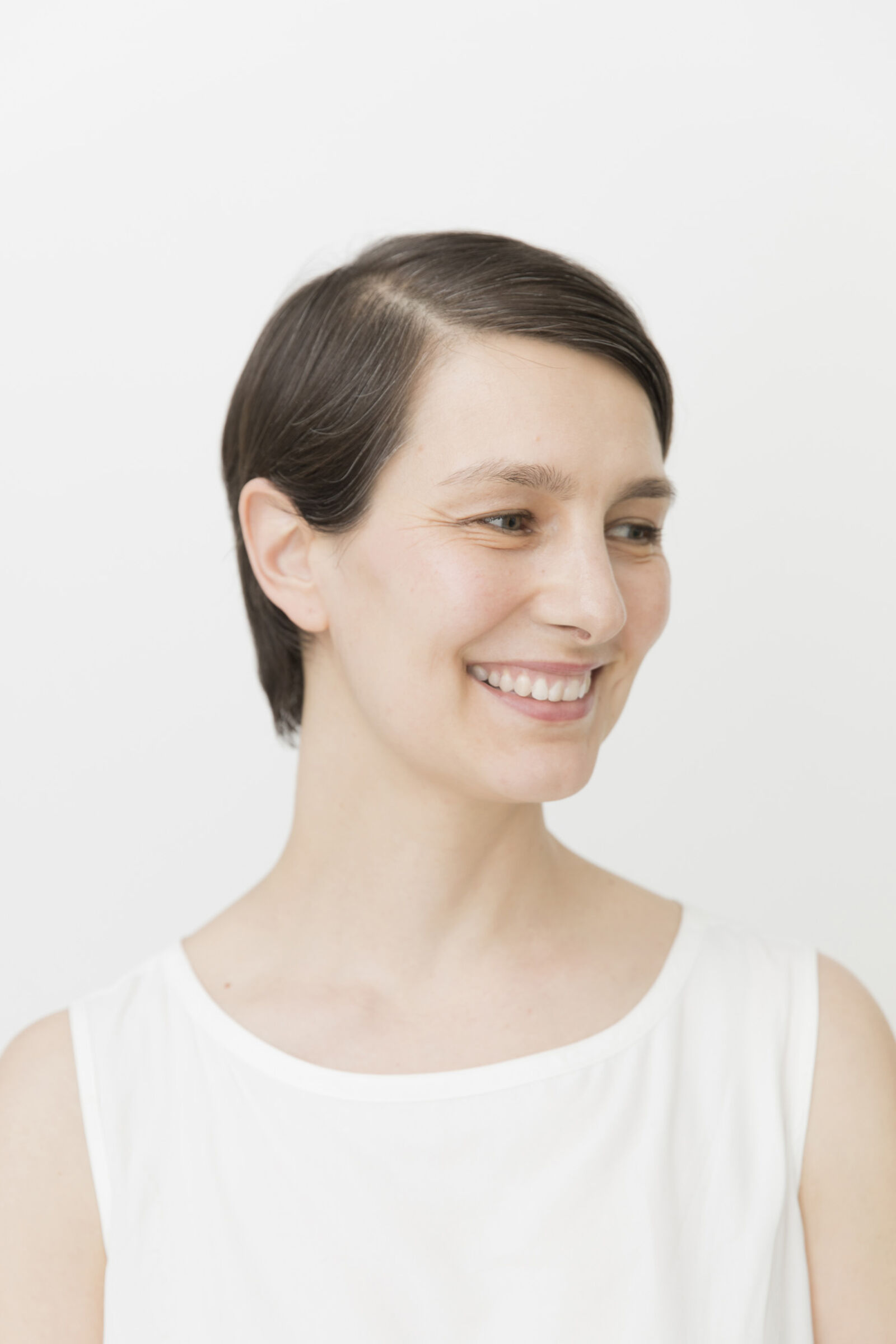Daoula | Sheen
West-African Textile Craft Meets European Science and Design
In this sub-project, we are studying West African wild silk caterpillars and their cocoons as well as its crafted product, the wild silk wrappers of the Marka Dafing in Burkina Faso. We do so from the perspectives of materials science, microbiology, design, anthropology, and history of culture. We aim to understand the properties and environmental consequences of these biological materials and the effects that the transformation through craft knowledge and techniques has on the material. The interdisciplinary and intercultural research process of the project WEAVING and some of its major outcomes were shown in the exhibition DAOULA | sheen. West-African Wild Silk On Its Way at Tieranatomisches Theater (TA T) in Berlin.
One of the main active properties of the crafted and woven wild silk is its special sheen. It only comes to light because of the knowledge and experienced practices of the wild silk producers. In Marka Dafing this sheen is called daoula, which at the same time refers to the woven garment (a precious wild silk wrapper), the wild silk cocoons (which provide the source material) and the sheen itself as a highly appreciated quality and even a kind of aura that is activated by wearing the wild silk wrapper. Thus, human and non-human but also material and symbolic processes and practices are entangled. In an exchange with the Marka Dafing community the materials scientists, the microbiologists, the anthropologists and cultural historians as well as the designers investigate fundamental aspects of this wild silk: What are the structural, chemical, and mechanical properties of the biological material? What kind of homeostasis do they create and hence, what environment do they establish for the caterpillars inside? What are the human techniques for transforming the biological material into a cultural resource and artful textile? How do these techniques change the structure and properties of the silk material? And where does the sheen come from? Is it a material property and in what way? Is it only in the eye of the beholder?
In the project, each discipline uses its own knowledge-generating procedures to answer these questions but we actually come together in the laboratory, the workshop, and the seminar room for discussing anthropological or philosophical concepts. Thus, for example, the internal structure of wild silk cocoons was visualized at high resolution in 3D by non-invasive imaging techniques, with the results inspiring novel approaches in fiber-based architecture. Complex practices of the Marka Dafing for obtaining wild silk from these cocoons as well as for producing sheen (daoula) on textiles were thoroughly described in anthropological field studies and documented on film. Rather unexpectedly, a crucial role for natural plant-microbe interactions was discovered in these cultural practices. Thus, fermentative textile dyeing or sheen production combines mud or dung (which contain distinct active natural microbiomes) with plants that confer color and control bacterial biofilm formation and growth in this process.
The exchange with the Marka Dafing community as well as a critical reflection of our own approaches is highly important for this sub-project. Therefore we applied the anthropological concept of operational sequence on the knowledge production in the different crafts and disciplines involved. Filmed interviews with wild silk producers in Safané (mainly by Salif Sawadogo) were complemented by interviews with the scientists and designers in Berlin (by Thabo Thindi). Interviews, tools, products of craft, biological materials, scientific records, and design prototypes were brought together in the exhibition »DAOULA | sheen. West-African Wild Silk On Its Way« at Tieranatomisches Theater in Berlin. For this exhibition, a specific scenography, narrative, and display stemming from curatorial, visual, and museum studies were developed. This final realization included a longer stay of Salif Sawadogo and Mahamadi Ilboudo (Musée de la Musique Georges Ouédraogo in Ouagadougou) as guest researchers in Berlin. The next steps include the realization of events and studies in Burkina Faso led by the local scientific and cultural actors and communities.















Elaine Bonavia
Saskia Buch
Jessica Farmer
Sara Hassoune
Jens Mählmann
Martha Maria Panzer
Clara Santos Thomas
Jasmin Sermonet
Jojo Shone
Wilfried Strauß
David Dao
Hezita Dayo
Lonsani Dayo
Afissata Fofana
Adama Konate
Souleyman Sakira
Bibata Sanogo
Abdoulaye Séré
Mamadou Séré
International research institutions and cultural institutes or associations also supported and support us, among them the Women's Association of Safané »Bie tchiani souna«, the Centre National de la recherche scientifique (CNRS) in Burkina Faso, the Goethe Institut Burkina Faso, the Endangered Material Knowledge Programme (EMKP) at the British Museum, and the Agence nationale de la recherche (anr) »Materials and Cultures. The Wide World of Wild Silks - WILDSILKS« in France






